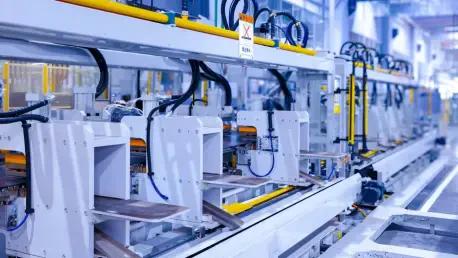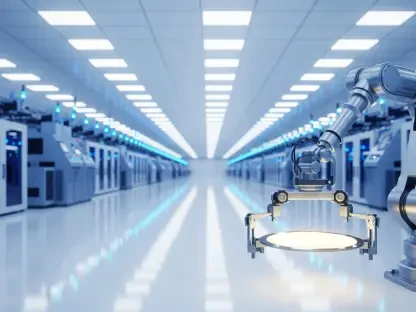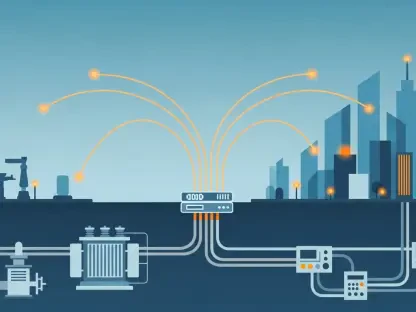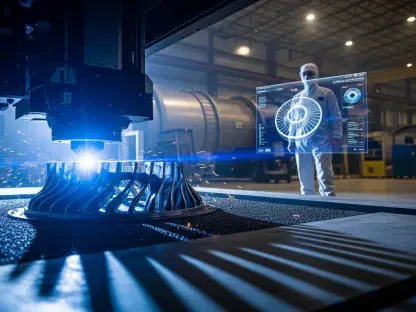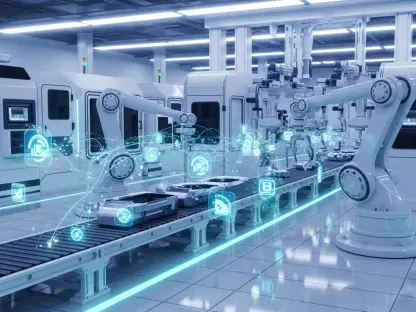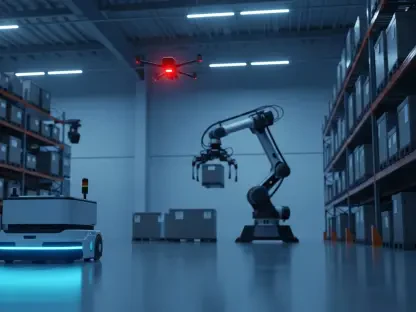In today’s rapidly evolving technological landscape, the manufacturing sector plays a pivotal role in driving innovation and efficiency across various industries. Kwame Zaire, a renowned expert in manufacturing and an advocate for predictive maintenance, quality, and safety, shares his insights into Siemens’ latest $190 million investment in Fort Worth, which is set to bolster U.S. infrastructure and manufacturing capabilities.
Can you tell us more about the significance of the new $190 million electrical equipment manufacturing facility in Fort Worth for Siemens?
The opening of Siemens’ new facility in Fort Worth represents a major milestone not just for the company, but the entire manufacturing sector. It’s a substantial investment that signifies Siemens’ commitment to enhancing America’s infrastructure. By focusing on cutting-edge electrical equipment, this facility will play a crucial role in meeting the growing demand for advanced power distribution solutions across the country, especially in rapidly expanding sectors like data centers and AI.
What specific types of electrical equipment will be produced at the Fort Worth site?
The Fort Worth facility is tasked with the production of low voltage switchboards critical to supporting the influx of data centers and AI infrastructures. These switchboards are vital components in managing and distributing electrical power efficiently, catering to the sophisticated requirements of modern computational facilities that demand reliability and scalability.
How does the facility’s focus on the data center market and AI growth reflect current market trends?
The emphasis on data centers and AI mirrors the ongoing digital transformation within industries. Data centers are integral to housing and processing vast amounts of information, with AI increasingly becoming a staple across sectors. Investing in these areas showcases Siemens’ strategic foresight in aligning with trends that exemplify the future of technology-driven infrastructure, ensuring that the necessary power distribution networks are in place to support the nation’s growth.
How many new jobs have already been created at the Fort Worth facility? What is the total employment goal by 2026?
As of now, the facility has already spawned 480 new jobs, a testament to its immediate impact on the local economy. Siemens aims to increase this number to 800 by 2026, creating a robust job market that will drive both community development and the nation’s manufacturing capabilities.
What measures is Siemens taking at this facility to ensure it aligns with the goal of achieving net zero carbon operations by 2030?
Siemens is dedicated to sustainable operations and achieving net zero carbon status by 2030. At this facility, several measures have been implemented to meet this goal, including the integration of a fully electric powder coat paint line and electric forklifts, as well as advanced energy monitoring to minimize waste. Such initiatives highlight a focused approach towards eco-friendly manufacturing practices.
Could you elaborate on some of the sustainable features incorporated into the Fort Worth facility?
Among the notable sustainable features are the low energy-consuming HVAC systems and photovoltaic street lights. The facility also showcases energy-efficient Lux Wall windows, backed by Breakthrough Energy, which significantly reduce energy consumption and improve thermal insulation. These elements form a part of Siemens’ strategy to construct buildings that not only support their operational needs but do so with minimal environmental impact.
How does this new facility relate to Siemens’ previous expansion in Pomona, California?
The Fort Worth facility complements the expansion efforts in Pomona, California, by offering additional manufacturing capabilities to Siemens’ portfolio. This dual development underscores Siemens’ broader strategy to provide comprehensive power distribution solutions across the U.S., enhancing their geographical footprint to better serve the diverse energy needs of America’s growing infrastructure.
Why are these investments important for Siemens’ power distribution solutions in the U.S.?
Investments like these are crucial for scaling Siemens’ power distribution capabilities to ensure that industries in the U.S. have the necessary electrical foundation to remain competitive. As infrastructure demands grow in complexity, having a strong and reliable network powered by innovative solutions is essential in maintaining industrial efficiency and progress.
How will the Fort Worth facility support various industries like utilities, construction, and data centers in the U.S.?
The Fort Worth facility is poised to support various industries by providing essential electrical equipment that is foundational to their operations. For utilities and construction, reliable power is indispensable, while data centers rely on it for seamless operation and security of digital assets. This integration supports a diverse range of industries, propelling them forward in a digitally-driven economy.
How is Siemens using its Digital Industries Software to enhance production flow in this facility?
Siemens leverages its Digital Industries Software to optimize production flow through advanced industrial automation. This software enables the facility to simulate and validate production processes, ensuring high-quality outputs and efficient operations. By integrating these digital tools, Siemens enhances productivity, reduces downtime, and increases overall manufacturing precision.
Can you explain how Siemens Technomatix’s 3D models are being utilized?
Technomatix’s 3D models play a critical role in conceptualizing and designing the shop floor layout. By simulating real-world scenarios, Siemens can validate the production processes before physical execution, reducing errors and improving the quality of manufacturing. This application of 3D modeling is a critical element in ensuring production efficiency and quality.
What challenges did Siemens face in developing this manufacturing hub, and how were they overcome?
Developing a sophisticated manufacturing hub like the Fort Worth facility undoubtedly comes with challenges, particularly in integrating cutting-edge technology and ensuring sustainability. Siemens tackled these hurdles through strategic planning, investment in research and development, and partnering with innovative firms to incorporate forward-thinking solutions. Their dedication to overcoming obstacles reflects their commitment to excellence and environmental stewardship.
How does the Fort Worth facility fit into Siemens’ broader investment plan in American manufacturing?
The facility signifies Siemens’ a strategic investment in enhancing American manufacturing capabilities. By expanding their infrastructure, Siemens is fortifying its presence in the U.S, reaffirming its commitment to support and innovate within the domestic manufacturing landscape. This aligns with their broader goal of fostering sustainable growth and technological advancement across industries.
Can you discuss Siemens’ future plans to support U.S. manufacturing and infrastructure development?
Looking ahead, Siemens continues to explore ways to bolster U.S. manufacturing and infrastructure development. This includes investing in emerging technologies, expanding production capabilities, and integrating sustainability into their operations. Their ongoing commitment to innovation and capacity-building positions Siemens as a leader in shaping the future of American infrastructure.
How does this opening impact Siemens’ competitiveness in the American market?
The opening of the Fort Worth facility significantly boosts Siemens’ competitiveness in the American market by enhancing their ability to deliver timely and advanced power distribution solutions. This strategic move fortifies Siemens’ position as a key player, enabling them to meet the evolving demands of various industries, while also advancing their reputation as a forward-thinking leader committed to innovation and sustainable practices.
Do you have any advice for our readers?
In the manufacturing world, it’s important to keep an eye on technological trends and environmental sustainability. Embracing digital transformation and investing in clean energy solutions will not only enhance efficiency but also contribute positively to the planet. Continuous learning and adaptation are keys to success in this dynamic landscape.
